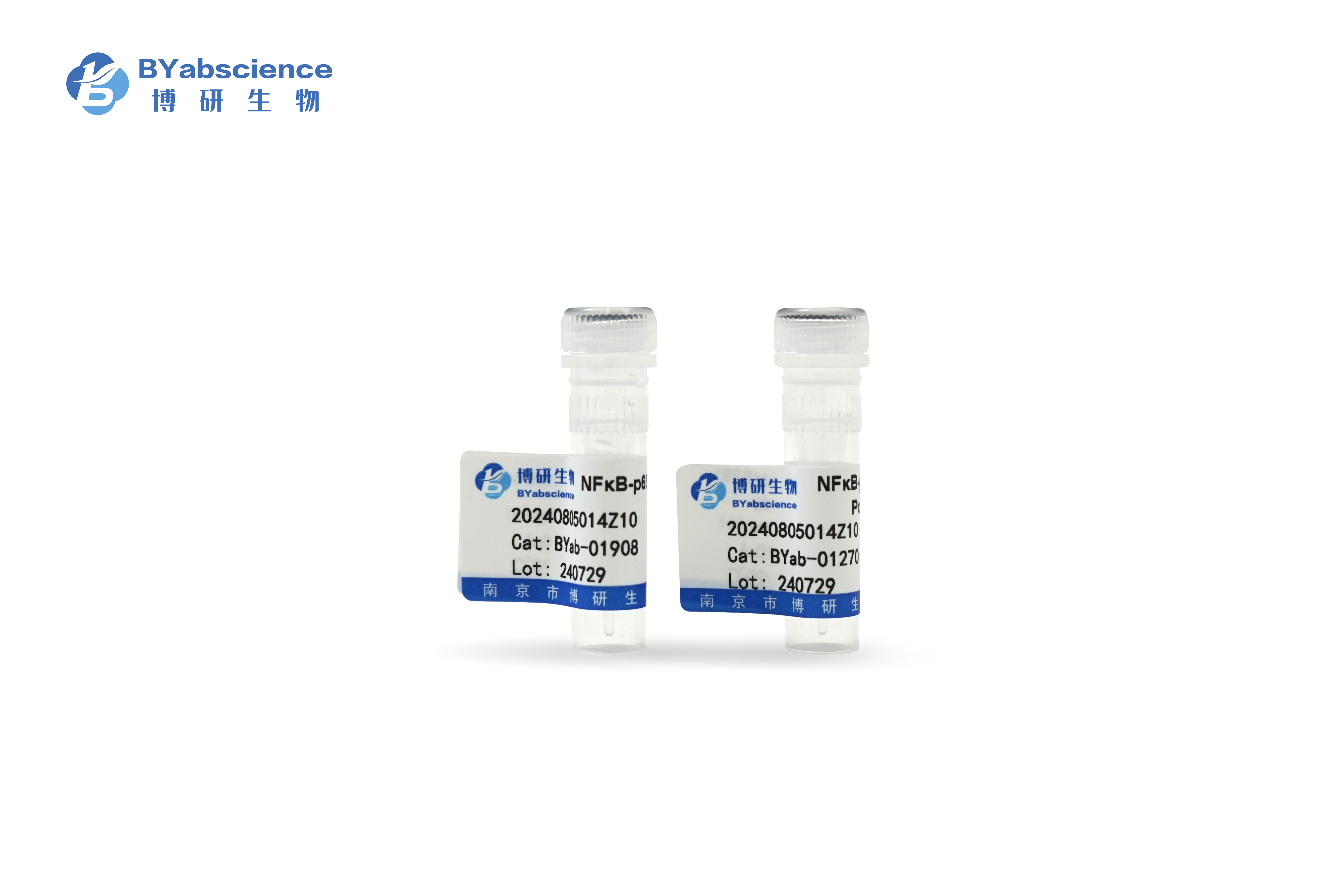免疫原
Purified recombinant fragment of human RBP4 expressed in E. Coli.
特异性
RBP4 Monoclonal Antibody detects endogenous levels of RBP4 protein.
组成(Formulation)
Ascitic fluid containing 0.03% sodium azide,0.5% BSA, 50%glycerol.
稀释比例
Western Blot: 1/500 - 1/2000. Immunohistochemistry: 1/200 - 1/1000. Immunofluorescence: 1/200 - 1/1000. Flow cytometry: 1/200 - 1/400. ELISA: 1/10000. Not yet tested in other applications.
纯化工艺(Immunogen)
Affinity purification
背景(Background)
retinol binding protein 4(RBP4) Homo sapiens This protein belongs to the lipocalin family and is the specific carrier for retinol (vitamin A alcohol) in the blood. It delivers retinol from the liver stores to the peripheral tissues. In plasma, the RBP-retinol complex interacts with transthyretin which prevents its loss by filtration through the kidney glomeruli. A deficiency of vitamin A blocks secretion of the binding protein posttranslationally and results in defective delivery and supply to the epidermal cells. [provided by RefSeq, Jul 2008],
功能
disease:A deficiency of vitamin A blocks secretion of the binding protein post-translationally and results in defective delivery and supply of vitamin to the epidermal cells (a condition associated with a dermatosis).,disease:Defects in RBP4 are a cause of retinol-binding protein deficiency [MIM:180250]. This condition causes night vision problems. It produces a typical "fundus xerophthalmicus," featuring a progressed atrophy of the retinal pigment epithelium.,function:Delivers retinol from the liver stores to the peripheral tissues. In plasma, the RBP-retinol complex interacts with transthyretin, this prevents its loss by filtration through the kidney glomeruli.,mass spectrometry: PubMed:12237133,mass spectrometry: PubMed:7666002,online information:Retina International's Scientific Newsletter,online information:Retinol-binding protein 4 entry,similarity:Belongs to the calycin superfamil






